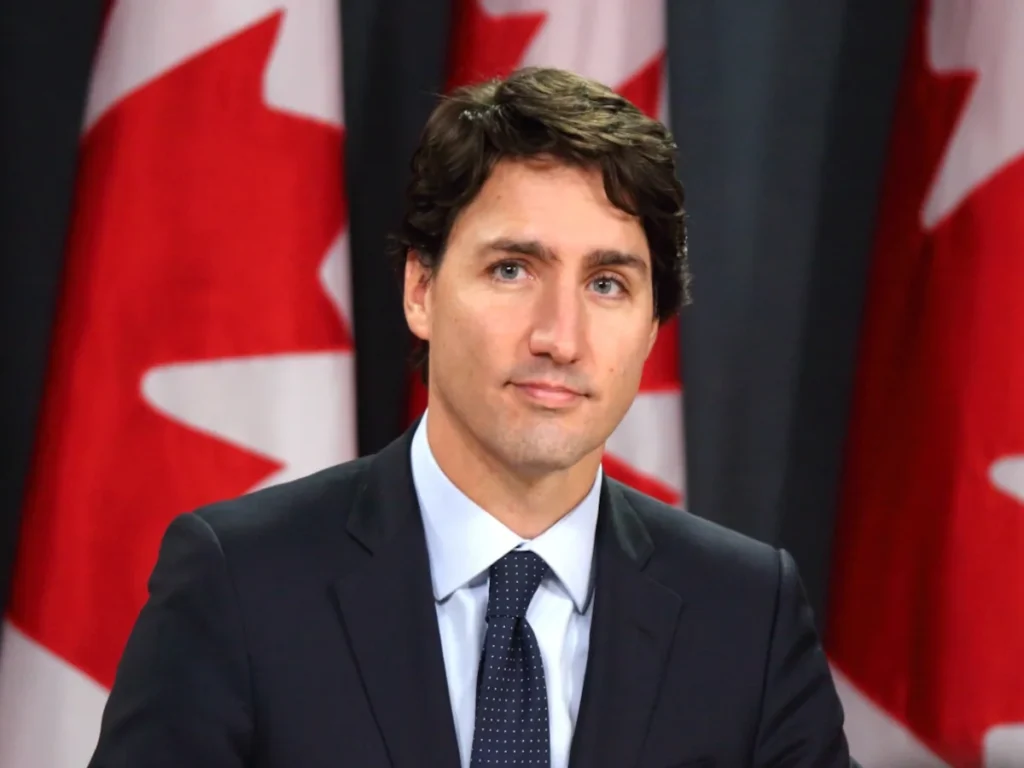Key Takeaways:
- Canadian Prime Minister Justin Trudeau announced a reduction in immigration numbers, not a three-year “freeze,” as some posts claimed.
- The number of new permanent residents will decrease to 395,000 in 2025 and 365,000 by 2027.
- The decision is temporary and aims to ensure sustainable population growth in the long term.
- The plan imposes limits on temporary residents, including students and workers applying for permanent residency.
- These measures follow pandemic-era policies that eased rules to address labor shortages.
Canadian Prime Minister Justin Trudeau’s announcement of reduced immigration has sparked debates and misunderstandings. Some posts inaccurately claimed it was a three-year “freeze,” but the reality is more nuanced. So, what’s really happening?
Canada’s Plans: Reduction, Not Suspension
On October 24, Trudeau stated that immigration numbers would be “significantly reduced” for the next two years. This temporary decision aims to allow the country’s economy to adjust to a population boom caused by pandemic-era policies.
Canada’s Immigration, Refugees and Citizenship Department clarified: there is no immigration freeze. Instead, government targets gradually reduce the number of new permanent residents from 500,000 in 2024 to 365,000 by 2027. The plan also limits work permits for certain foreign students after graduation.
Why Does It Matter?
In my opinion, this signals a shift from emergency pandemic measures to a more balanced policy. On one hand, Canada remains welcoming to migrants; on the other, it seeks to slow population growth to relieve pressure on infrastructure and the economy.
Temporary residents are also affected. In March, Immigration Minister Marc Miller announced plans to reduce temporary immigrants from 6.2% of the total population in 2023 to 5% over the next three years. This will impact international students and workers hoping to transition to permanent residency.
What’s Next?
Canada is trying to balance its appeal to migrants with its economic needs. Temporary restrictions don’t close the door but create new challenges for prospective immigrants.
In my view, this is a step toward ensuring long-term sustainability. However, the government must maintain clear communication with citizens and migrants to avoid misunderstandings, such as the rumors of a “freeze.” The success of these changes will depend on effective implementation and flexibility in responding to evolving conditions.










